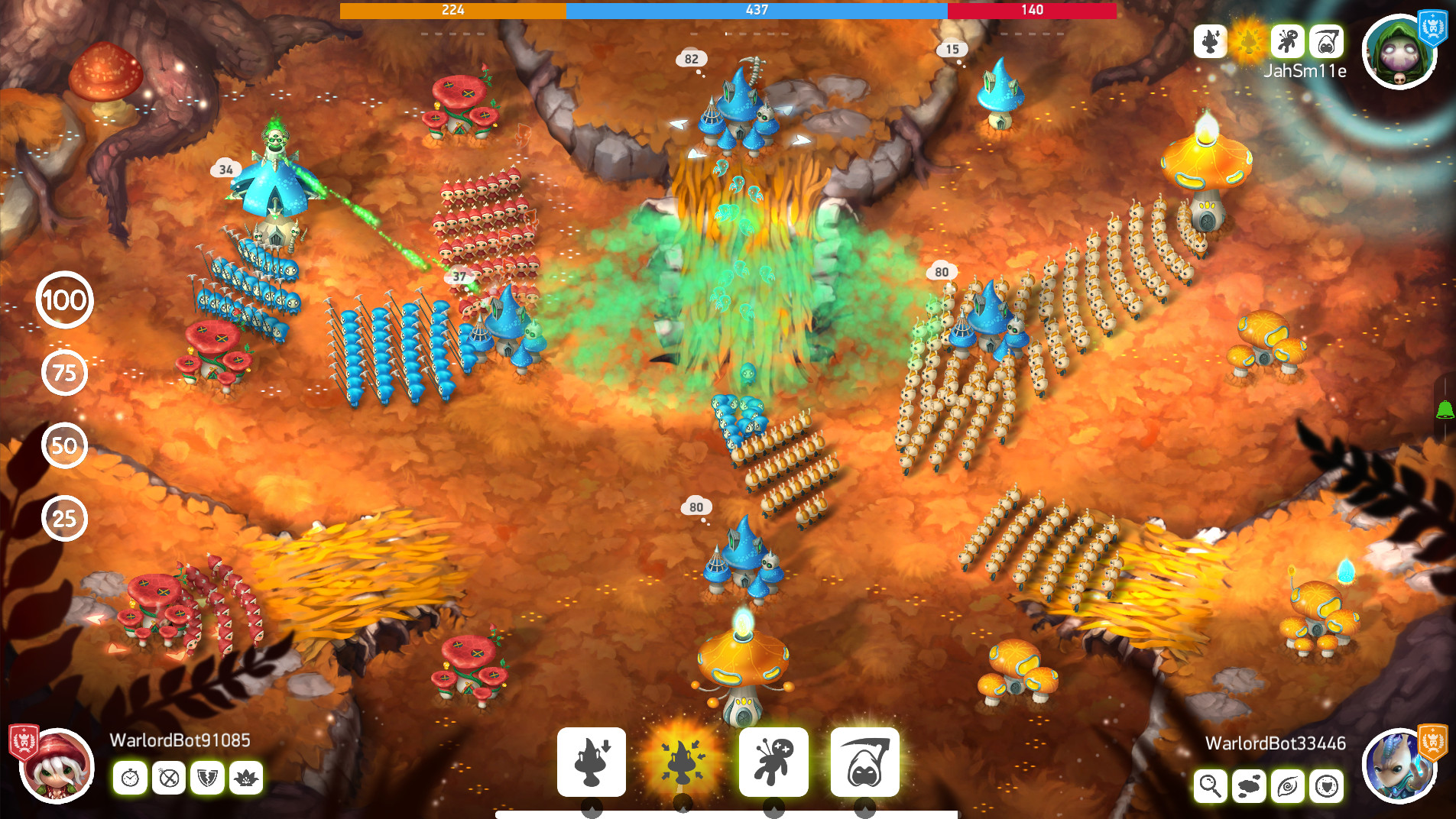
With that wonderful, multidisciplinary book filling my mind with wild associations, the circle completed, the one that had begun with an outdoors epiphany and a poem three decades earlier. Finally, around New Year’s, I pulled out and read Entangled Life. Snow covered the ground, and even the hardiest fungi called it a year. But, always busy with one thing or another, I did not read it. I bought Merlin Sheldrake’s best-selling book “Entangled Life,” about the ecology, biology, economics, gastronomy, and spiritual aspects of kingdom fungi.

I learned about mushroom guru Paul Stamets. With confidence, I collected, cooked, and ate the safest species, including those blewits. I joined a Facebook group, where helpful, knowledgeable amateur mycophiles evaluated my photos and answered my questions. I started by poring over two mushroom guides that had long sat on my shelves. So began a self-directed deep-dive that would unearth lessons not only about the fundamentals of mycology, but about living through one of humanity’s most trying times in recent memory.

(But not the fly agaric I already know it’s not for nibbling, partly because it shares a genus with at least two of the world’s most dangerous mushrooms.) Dazzled by the array, I resolve to learn enough to eat at least a few new species. Over the next weeks, my finds range from lavender-hued wood blewits to groups of the local variety of fly agaric, whose warty, fairy-tale caps age into yellow stars. Starting in mid-July, I begin to register the most delightful anomaly: Thanks to frequent, but not excessive, rains that coincide with the warm, but not scorching, weather, mushrooms are popping up almost everywhere. I am living in an apartment near urban woods I explore regularly. The world is in the grip of a pandemic, businesses are shuttered, and the streets are empty. The element of risk, however slight, added to the novelty of consuming a wild food mushrooms have a reputation for danger unrivaled by any member of the plant world except maybe poison berries.įast-forward 30 years to 2020. “Lichens” was later published in a literary magazine and in my first book, a collection of mostly environmental poems. The next day, as soon as I awoke, I wrote down a poem. I already knew that lichens constituted a symbiotic relationship between an alga and a fungus - or between multiple species of each - and that they were among the first organisms to colonize bare rock. As I went from rock to rock, discovering a small-scale phantasmagoria of biodiversity, something in my consciousness shifted.

Their marvelous designs decorated wide bands of Canadian Shield jutting up from the thawing soil. What I found, in abundance, were lichens - in more shapes, sizes, and colors than I’d ever seen in my life. It was still too early for migratory birds, so I spent most of that excursion scanning the ground. We walked for hours in the cool sunshine. One day in early April, years ago, when I was a graduate student in environmental studies at Toronto’s York University, a classmate and I drove about two hours north of the city to a rural area still returning to life after a long winter.


 0 kommentar(er)
0 kommentar(er)
